Contents
Thông tin chung về ebook “Complete Nginx Cookbook”
Tên tài liệu : Complete Nginx Cookbook
Tác giả : Derek DeJonghe
Số ebook: 181
Ngôn ngữ : Tiếng Anh
Format : PDF
Thể loại : SystemAdmin/Nginx/Linux
Giới thiệu mục lục ebook “Complete Nginx Cookbook”
+ Table of content

Part I. Part I: Load Balancing and HTTP Caching
1. High-Performance Load Balancing 1
1.0 Introduction 1
1.1 HTTP Load Balancing 2
1.2 TCP Load Balancing 3
1.3 Load-Balancing Methods 4
1.4 Connection Limiting 6
2. Intelligent Session Persistence 9
2.0 Introduction 9
2.1 Sticky Cookie 10
2.2 Sticky Learn 11
2.3 Sticky Routing 12
2.4 Connection Draining 13
3. Application-Aware Health Checks 15
3.0 Introduction 15
3.1 What to Check 15
3.2 Slow Start 16
3.3 TCP Health Checks 17
3.4 HTTP Health Checks 18
4. High-Availability Deployment Modes 21
4.0 Introduction 21
4.1 NGINX HA Mode 21
4.2 Load-Balancing Load Balancers with DNS 22
4.3 Load Balancing on EC2 23
5. Massively Scalable Content Caching 25
5.0 Introduction 25
5.1 Caching Zones 25
5.2 Caching Hash Keys 27
5.3 Cache Bypass 28
5.4 Cache Performance 29
5.5 Purging 30
6. Sophisticated Media Streaming 31
6.0 Introduction 31
6.1 Serving MP4 and FLV 31
6.2 Streaming with HLS 32
6.3 Streaming with HDS 34
6.4 Bandwidth Limits 34
7. Advanced Activity Monitoring 37
7.0 Introduction 37
7.1 NGINX Traffic Monitoring 37
7.2 The JSON Feed 39
8. DevOps On-the-Fly Reconfiguration 41
8.0 Introduction 41
8.1 The NGINX API 41
8.2 Seamless Reload 43
8.3 SRV Records 44
9. UDP Load Balancing 47
9.0 Introduction 47
9.1 Stream Context 47
9.2 Load-Balancing Algorithms 49
9.3 Health Checks 49
10. Cloud-Agnostic Architecture 51
10.0 Introduction 51
10.1 The Anywhere Load Balancer 51
10.2 The Importance of Versatility 52
Part II. Part II: Security and Access
11. Controlling Access 57
11.0 Introduction 57
11.1 Access Based on IP Address 57
11.2 Allowing Cross-Origin Resource Sharing 58
12. Limiting Use 61
12.0 Introduction 61
12.1 Limiting Connections 61
12.2 Limiting Rate 63
12.3 Limiting Bandwidth 64
13. Encrypting 67
13.0 Introduction 67
13.1 Client-Side Encryption 67
13.2 Upstream Encryption 69
14. HTTP Basic Authentication 71
14.0 Introduction 71
14.1 Creating a User File 71
14.2 Using Basic Authentication 72
15. HTTP Authentication Subrequests 75
15.0 Introduction 75
15.1 Authentication Subrequests 75
16. Secure Links 77
16.0 Introduction 77
16.1 Securing a Location 77
16.2 Generating a Secure Link with a Secret 78
16.3 Securing a Location with an Expire Date 80
16.4 Generating an Expiring Link 81
17. API Authentication Using JWT 83
17.0 Introduction 83
17.1 Validating JWTs 83
17.2 Creating JSON Web Keys 84
18. OpenId Connect Single Sign-On 87
18.0 Introduction 87
18.1 Authenticate Users via Existing OpenId Connect Single Sign-On (SSO) 87
18.2 Obtaining JSON Web Key from Google 89
19. ModSecurity Web Application Firewall 91
19.0 Introduction 91
19.1 Installing ModSecurity for NGINX Plus 91
19.2 Configuring ModSecurity in NGINX Plus 92
19.3 Installing ModSecurity from Source for a Web Application Firewall 93
20. Practical Security Tips 97
20.0 Introduction 97
20.1 HTTPS Redirects 97
20.2 Redirecting to HTTPS Where SSL/TLS Is Terminated Before NGINX 98
20.3 HTTP Strict Transport Security 99
20.4 Satisfying Any Number of Security Methods 100
Part III. Part III: Deployment and Operations
21. Deploying on AWS 103
21.0 Introduction 103
21.1 Auto-Provisioning on AWS 103
21.2 Routing to NGINX Nodes Without an ELB 105
21.3 The ELB Sandwich 106
21.4 Deploying from the Marketplace 108
22. Deploying on Azure 111
22.0 Introduction 111
22.1 Creating an NGINX Virtual Machine Image 111
22.2 Load Balancing Over NGINX Scale Sets 113
22.3 Deploying Through the Marketplace 114
23. Deploying on Google Cloud Compute 117
23.0 Introduction 117
23.1 Deploying to Google Compute Engine 117
23.2 Creating a Google Compute Image 118
23.3 Creating a Google App Engine Proxy 119
24. Deploying on Docker 123
24.0 Introduction 123
24.1 Running Quickly with the NGINX Image 123
24.2 Creating an NGINX Dockerfile 124
24.3 Building an NGINX Plus Image 126
24.4 Using Environment Variables in NGINX 128
25. Using Puppet/Chef/Ansible/SaltStack 131
25.0 Introduction 131
25.1 Installing with Puppet 131
25.2 Installing with Chef 133
25.3 Installing with Ansible 135
25.4 Installing with SaltStack 136
26. Automation 139
26.0 Introduction 139
26.1 Automating with NGINX Plus 139
26.2 Automating Configurations with Consul Templating 140
27. A/B Testing with split_clients 143
27.0 Introduction 143
27.1 A/B Testing 143
28. Locating Users by IP Address Using the GeoIP Module 145
28.0 Introduction 145
28.1 Using the GeoIP Module and Database 146
28.2 Restricting Access Based on Country 147
28.3 Finding the Original Client 148
29. Debugging and Troubleshooting with Access Logs, Error Logs, and Request Tracing 151
29.0 Introduction 151
29.1 Configuring Access Logs 151
29.2 Configuring Error Logs 153
29.3 Forwarding to Syslog 154
29.4 Request Tracing 155
30. Performance Tuning 157
30.0 Introduction 157
30.1 Automating Tests with Load Drivers 157
30.2 Keeping Connections Open to Clients 158
30.3 Keeping Connections Open Upstream 159
30.4 Buffering Responses 160
30.5 Buffering Access Logs 161
30.6 OS Tuning 162
31. Practical Ops Tips and Conclusion 165
31.0 Introduction 165
31.1 Using Includes for Clean Configs 165
31.2 Debugging Configs 166
31.3 Conclusion 168

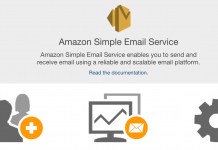
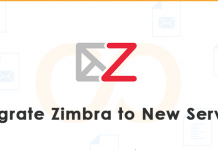
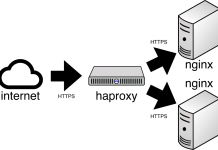
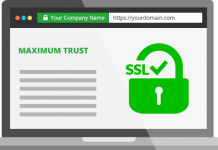

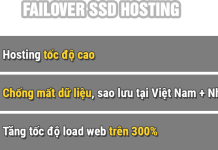

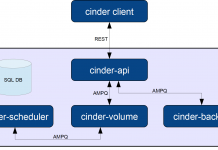
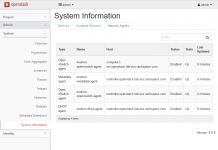
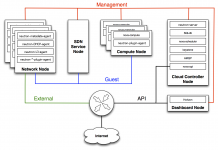
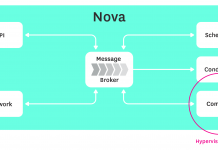




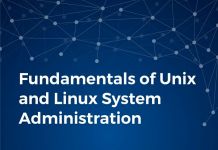
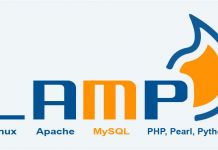
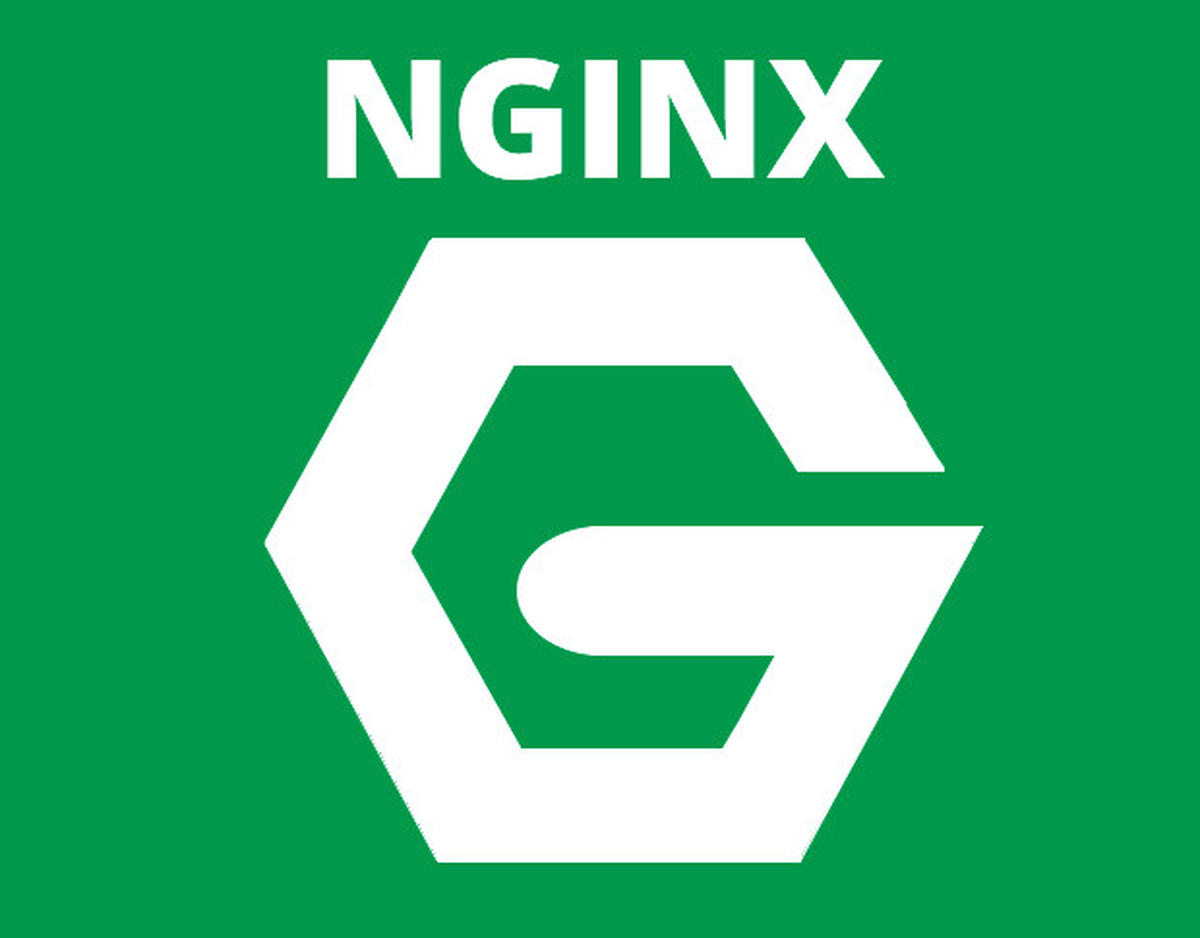





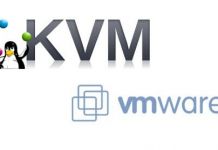
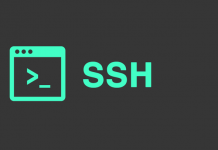






Leave a Reply